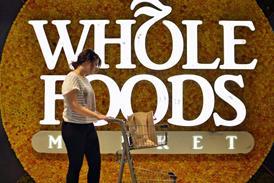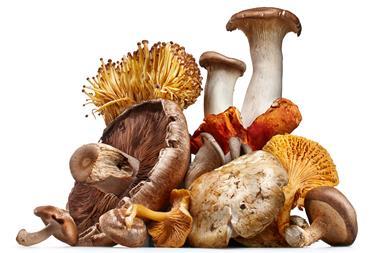Value sales in baby healthcare are up 17.8% to £43m in the year to 5 November 2006, according to TNS Worldpanel.
The average family spends £24.62 a year on over-the-counter and off-the-shelf medicines, reliefs and vitamins for each baby - a rise of 38% on two years ago. Young mothers - those aged under 25 - are driving the market. Though they represent only 7% of mums, they account for 16% of spend on baby medicines.
It's an area where brands rule - 95% of sales in baby healthcare are of branded products. But as supermarkets steal a greater share of the market, own label grows in importance. In the past year own-label baby healthcare sales have grown by 47%.
In total, supermarkets took 47.4% of the baby healthcare spend across all retail outlets compared with 41.7% two years ago.
This growth has come at the expense of high street chemists, whose market share has slumped from 55.4% two years ago to 49.9%.
One of the challenges is that a relaxation of
the rules surrounding
baby medicine means
paracetamol and ibuprofen products are now more easily available. They have recently been added to the General Sales List (GSL), whereas previously they were available only over the counter at pharmacies.
It's made a big difference to sales, says Alyson Lockley, group marketing manager for Pfizer Consumer Healthcare's Calpol range, which has a 60% share of the infant pain and fever market, according to IRI figures [year to 7 October, 2006]. "Now these medicines are on the GSL, parents can pick them up with their shopping," she says.
Calpol was put on the GSL in summer 2005 and added £4m - or 9% - in sales in the following 12 months, says Lockley. Calpol is taking advantage of ibuprofen being added to the GSL by running a £3m TV advertising campaign for its Calprofen medicine.
"In baby healthcare paracetamol is still the first line of defence, but the adult market is moving to ibuprofen," says Lockley. "This means Calprofen will be critical to our future. More experienced parents will increasingly use ibuprofen, or both if fever or pain is acute."
For parents keen to minimise the use of medicines there are alternatives, such as Acering's Kool Patch. Acering is investigating incorporating a thermometer into the gel patches, which will mean parents can monitor an infant's temperature constantly rather than by putting a thermometer in its ear.
But for now ear thermometers are the popular choice - illustrated by the fact that Calpol launched one in September. n









No comments yet